Home>Articles>What Are The Common Hand Tools Used In Electronics
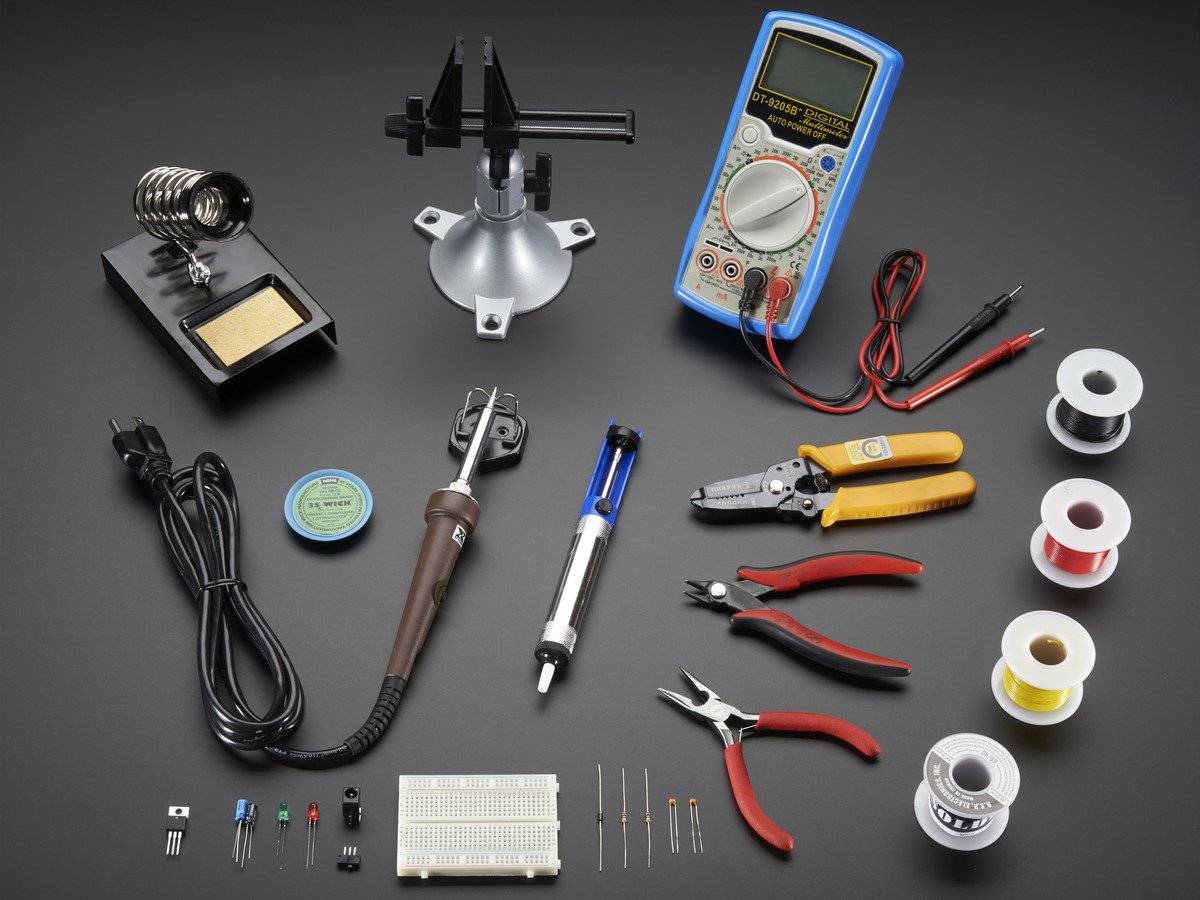

Articles
What Are The Common Hand Tools Used In Electronics
Modified: August 28, 2024
Discover the essential hand tools used in electronics with our comprehensive article. Learn about the must-have tools for every electronics enthusiast.
(Many of the links in this article redirect to a specific reviewed product. Your purchase of these products through affiliate links helps to generate commission for Storables.com, at no extra cost. Learn more)
Introduction
When it comes to working with electronic devices, having the right tools is essential. Whether you are a professional technician or a hobbyist, having a well-equipped toolbox is crucial for efficient and effective work. While there are numerous hand tools available, certain ones are commonly used in the field of electronics. In this article, we will explore the most common hand tools used in electronics and discuss their functions.
Working with electronic circuits requires precision, delicacy, and accuracy. The tools used in this field have been specifically designed to cater to these requirements. From soldering irons to wire strippers, each tool plays a unique role in carrying out different tasks.
By understanding the purpose and functionality of these tools, you can equip yourself with the knowledge needed to work on electronic repairs, circuit assembly, and various projects. So, without further ado, let’s dive into the world of common hand tools used in electronics.
Key Takeaways:
- The article highlights essential hand tools for electronics, such as soldering irons, wire strippers, and multimeters, emphasizing their specific functions and importance in achieving precise and reliable electronic projects.
- By understanding and utilizing common hand tools like tweezers, screwdrivers, and heat guns, individuals can enhance their productivity and accuracy in electronics work, ensuring efficient and successful project outcomes.
Soldering Iron
The soldering iron is one of the most essential tools in electronics. It is used to join electronic components together using solder, a metal alloy with a low melting point. The soldering iron consists of a metal tip that heats up to melt the solder and create a secure connection between the components.
There are two main types of soldering irons: the pencil-type and the soldering station. The pencil-type soldering iron is lightweight, portable, and ideal for small soldering jobs. It is commonly used in DIY projects and small electronic repairs. On the other hand, the soldering station is more advanced and offers temperature control features, making it suitable for professional use and complex soldering tasks.
When using a soldering iron, it is important to ensure that the tip is clean and properly tinned. Tinning the tip involves coating it with a thin layer of solder, which helps improve heat transfer and prevents oxidation. Additionally, it is crucial to use the correct temperature setting to avoid damaging the components or surrounding circuitry.
Soldering irons are used for a variety of tasks in electronics, including soldering wires, surface-mount components, and through-hole components. They enable precise control and accuracy, allowing for neat and reliable connections. Whether you are working on a circuit board repair or assembling a complex electronic device, the soldering iron is a tool you cannot do without.
When purchasing a soldering iron, it is important to consider factors such as wattage, temperature control, and the availability of different tip sizes and shapes. Higher wattage soldering irons are suitable for larger components or jobs requiring more heat. Meanwhile, temperature control is crucial for working with delicate components and preventing overheating.
To summarize, the soldering iron is an indispensable tool in electronics. It enables the joining of components through the controlled melting and application of solder. Whether you are a professional technician or a hobbyist, having a reliable and well-maintained soldering iron is key to successful electronic projects.
Wire Strippers
Wire strippers are a must-have tool when it comes to working with electrical wires in electronics. These handy tools are designed to precisely remove the insulating coating from wires, exposing the bare conductor for connection or termination.
Wire strippers typically consist of two blades, with one blade having a V-shaped groove and the other blade featuring a cutting edge. The blades are adjustable to accommodate different wire gauges, allowing for precise and clean stripping. Some wire strippers also come with additional features, such as crimping jaws for attaching terminals or cutting edges for trimming wire lengths.
When using wire strippers, it is crucial to match the wire gauge with the corresponding stripping hole on the tool. Using the wrong hole size can lead to damage or nicking the wire conductor, affecting its conductivity and potentially causing electrical issues. It is also important to apply the right amount of pressure when stripping the wire to avoid cutting through the conductor.
Wire strippers are essential for various tasks in electronics, such as preparing wires for soldering, connecting terminals, or making splices. They save time and effort compared to other methods like using a knife or scissors, ensuring precision and consistency in wire preparation. Additionally, wire strippers help reduce the risk of accidental damage to the wire or injury to the user.
When choosing wire strippers, consider the wire gauge range they can accommodate and the quality of the cutting edges. Opting for a reliable and durable tool will ensure longevity and efficient wire stripping. Some wire strippers also come with ergonomic handles, providing comfort during prolonged use.
To conclude, wire strippers are indispensable tools in electronics, streamlining the process of stripping insulation from wires. By using wire strippers, you can achieve clean and accurate wire preparations, enhancing the overall reliability and efficiency of your projects.
Needle Nose Pliers
Needle nose pliers are an essential tool in any electronics toolkit. These long, slender, and pointed pliers are specifically designed for gripping, bending, and manipulating small wires, components, and other delicate materials in electronic projects.
The needle nose pliers have a long, tapered nose with a pointed tip, allowing for precise control and access to tight spaces. They are commonly used for tasks such as gripping and positioning small components, removing or inserting delicate wires, and bending leads on electronic components.
One of the key features of needle nose pliers is their ability to reach into confined areas that other pliers cannot access. This makes them ideal for working in densely populated circuit boards or when handling intricate wiring connections. The narrow tips also provide excellent grip strength, enabling the user to hold and maneuver small objects with ease.
The needle nose pliers come in various sizes and designs, including straight needle nose pliers and bent needle nose pliers. The straight needle nose pliers provide a direct and precise grip, while the bent nose pliers offer improved access and a better angle when working in tight spaces.
When using needle nose pliers, it is important to apply the proper amount of grip pressure to avoid damaging delicate components. The slim and pointed jaws allow for greater control and precision, reducing the risk of slippage and accidental damage.
Needle nose pliers are versatile tools that find applications beyond electronics. They are commonly used in jewelry making, model building, and various craft projects that require precision handling and manipulation of small objects.
When selecting needle nose pliers for your electronics toolbox, consider the quality of the tool. Look for pliers made from durable materials, with well-aligned jaws and comfortable handles for extended use. Ergonomic handles can reduce fatigue and improve grip, especially when working on intricate projects.
In summary, needle nose pliers are an indispensable tool in electronics, allowing for precise handling, bending, and gripping of small wires and components. Their versatile nature and ability to access tight spaces make them a valuable asset in any electronic workshop or project.
Diagonal Cutters
Diagonal cutters, also known as side cutters or wire cutters, are an essential hand tool in the field of electronics. These specialized pliers are designed to accurately cut through wires, leads, and other small materials encountered in electronic projects.
Diagonal cutters have sharp, angled cutting edges that allow for clean and precise cuts. The angled design enables the user to access and cut wires in tight spaces or flush with the surface. This makes them particularly useful when removing excess wire lengths or trimming component leads.
These cutters are commonly used for tasks such as cutting wires to the desired length, removing insulation from wires, snipping component leads, and separating small components from their leads on circuit boards.
One of the key features of diagonal cutters is their ability to provide a clean cut without causing excessive damage to the wire or component. This is especially important in electronics, as damaged wires or component leads can result in poor connectivity and unreliable circuit performance.
When using diagonal cutters, it is important to position the wire or lead correctly within the jaws of the tool to achieve a clean and precise cut. Applying equal pressure on both sides of the cutter helps ensure an even, flush cut without leaving any sharp edges or burrs.
Diagonal cutters come in various sizes and designs, ranging from compact cutters for fine work to larger cutters for heavier-duty applications. Choosing the right size depends on the gauge of the wire or leads you will be working with, as well as the type of project you are undertaking.
When selecting diagonal cutters, look for high-quality tools with sharp cutting edges made from durable materials. Ergonomic handles with non-slip grips can also provide comfort and prevent hand fatigue during prolonged use.
In summary, diagonal cutters are a crucial tool in electronics for cutting wires and component leads. Their ability to achieve clean and precise cuts makes them invaluable for various tasks in electronic projects. Having a reliable pair of diagonal cutters in your toolbox ensures accurate and efficient work in the field of electronics.
Read more: What Hand Tools To Use For Etching
Tweezers
Tweezers are versatile hand tools that are indispensable in the field of electronics. These slim and pointed tools, usually made of stainless steel, are designed to provide precise control and manipulation of small components, wires, and other delicate materials in electronic projects.
Tweezers come in various types and styles, each suited for different tasks. Pointed-tip tweezers are commonly used for handling small components, picking up and placing surface-mount devices (SMDs), and performing intricate soldering work. They allow for precise positioning and placement, ensuring accurate and reliable connections. On the other hand, flat-tip tweezers are ideal for gripping and holding wires, bending leads, and performing gentle adjustments.
One of the key advantages of using tweezers in electronics is their ability to hold and manipulate small parts without causing damage or introducing unwanted static electricity. Static discharges can harm sensitive electronic components, so using tweezers with an anti-static coating or made from anti-static materials is recommended for handling sensitive devices.
Tweezers also come in handy when working with miniature components or in tight spaces where fingers cannot easily reach. The fine tips allow for precise gripping, reducing the risk of accidental damage to surrounding circuitry or components.
When using tweezers, it is important to handle them with care and avoid exerting excessive force. Apply gentle pressure when picking up or manipulating components to prevent bending or breaking delicate parts. Additionally, it is important to keep the tips clean and free from debris or solder residues to maintain optimal performance.
When selecting tweezers for your electronics toolkit, consider factors such as the type of work you will be doing and the size and style of the tweezers. Look for tweezers with durable construction, precise alignment, and comfortable grips for extended use.
In summary, tweezers are versatile and precision tools that play a crucial role in electronics. They provide the necessary control and dexterity to handle small components, wires, and other delicate materials. Whether you are assembling circuit boards, performing soldering work, or troubleshooting electronic devices, having a reliable pair of tweezers in your toolbox is essential for success.
Screwdrivers
Screwdrivers are essential hand tools that are used in various industries, including electronics. These tools are specifically designed to tighten or loosen screws, making them indispensable for assembling, repairing, and maintaining electronic devices and components.
There are several types of screwdrivers commonly used in electronics, each designed to fit specific screw heads. The most common types include flathead (slotted) screwdrivers and Phillips screwdrivers. Flathead screwdrivers have a single flat blade that fits into the straight slot of a screw, while Phillips screwdrivers have a cross-shaped tip that fits into the corresponding cross-shaped recess in a screw.
In addition to flathead and Phillips screwdrivers, there are also various specialized screwdriver types used in electronics, such as Torx, Allen (hex), and Robertson (square) screwdrivers. These screwdrivers are used for specific types of screws commonly found in electronic devices or equipment.
When working with electronics, it is important to use the correct size and type of screwdriver to ensure proper engagement with the screw head. Using the wrong size or type of screwdriver can result in stripped screws or damaged screw heads, making it difficult to remove or tighten screws properly. It is advisable to have a set of screwdrivers with different sizes and types to handle various screw heads encountered in electronics.
When selecting screwdrivers, consider the quality of the tool, including the durability of the shaft and the comfort of the handle. Screwdrivers with magnetic tips can also be useful for holding screws in place and preventing them from falling or getting lost during the assembly or disassembly process.
In summary, screwdrivers are essential tools for working with screws in electronics. Whether you are assembling a circuit board, repairing a device, or performing routine maintenance, having a set of reliable and properly sized screwdrivers is crucial. By using the right screwdriver for the job, you can ensure that screws are securely tightened or loosened without damaging the components or the screws themselves.
When working with electronics, it’s important to have a set of common hand tools such as screwdrivers, pliers, wire cutters, and soldering iron. These tools will help you with tasks like assembling circuits, making repairs, and troubleshooting electronic devices.
Multimeter
A multimeter is a versatile and essential tool for anyone working with electronics. Also known as a volt-ohm meter (VOM), a multimeter is used to measure various electrical quantities, including voltage, current, and resistance. It is a must-have tool for troubleshooting, testing, and diagnosing electronic circuits and components.
A typical multimeter consists of a digital or analog display, selection dial or buttons for switching between measurement functions, and probes for making electrical connections. It can measure DC voltage, AC voltage, DC current, AC current, resistance, and continuity. Some advanced multimeters also offer additional functions like capacitance, diode testing, and temperature measurement.
Multimeters play a crucial role in electronics by allowing technicians and hobbyists to verify circuit voltages, check for continuity in wires or connections, measure component values, and identify faulty components. These measurements help in identifying and resolving issues, ensuring the proper functioning of electronic devices.
When using a multimeter, it is important to follow safety precautions and be familiar with the specific functions and settings of your multimeter. For example, when measuring voltage or current, it is essential to connect the probes correctly and select the appropriate range to prevent damaging the meter or the circuit being tested.
When selecting a multimeter, consider factors such as accuracy, resolution, and the specific measurement ranges required for your projects. Digital multimeters are more common today due to their ease of use, accuracy, and clear digital displays. However, analog multimeters are still preferred by some professionals for certain applications due to their responsiveness and ability to display fluctuations.
In addition to basic multimeters, there are more advanced models available with features such as data logging, graphical displays, and wireless connectivity. These can be particularly useful for professionals working in complex electronic systems or for those requiring advanced analysis and data recording capabilities.
In summary, a multimeter is a versatile tool that plays a crucial role in electronics. It allows for the measurement of various electrical quantities, providing valuable information for testing, troubleshooting, and diagnosing electronic circuits and devices. Having a reliable and properly calibrated multimeter in your toolkit is essential for accurate and efficient work in the field of electronics.
Desoldering Pump
A desoldering pump, also known as a solder sucker or solder removal tool, is a specialized tool used to remove solder from electronic components or circuit boards. Soldering is a common process in electronics that involves melting solder to join components, but sometimes it is necessary to remove or rework soldered connections, and that’s where a desoldering pump comes in handy.
The desoldering pump consists of a cylindrical body with a plunger mechanism. It also has a nozzle or tip at the end through which the solder is sucked up. The plunger is designed to create a vacuum when pushed down, and when released, it quickly springs back, creating a suction force that sucks up the molten solder.
Using a desoldering pump is a straightforward process. First, heat the solder joint with a soldering iron until the solder melts. Then, press the button or trigger on the desoldering pump to activate the suction. Position the nozzle near the melted solder and release the button to create the vacuum and suck up the solder. Repeat the process as needed until the solder is adequately removed.
The desoldering pump is an invaluable tool in electronics for several reasons. Firstly, it allows for efficient and precise removal of excess solder or incorrect solder joints without damaging the surrounding components or circuitry. It helps in the disassembly and repair of electronic devices, as well as the salvaging of components.
Using a desoldering pump provides several advantages over alternative methods like wicking braid or solder suckers. It offers more control and precision, allowing for targeted removal of solder from specific areas. It also reduces the risk of overheating or damaging nearby components during the desoldering process.
When choosing a desoldering pump, consider factors such as the quality of construction, ease of use, and maintenance. Look for models with replaceable tips or nozzles, as they can wear out over time and affect the performance of the tool. Additionally, a comfortable grip can enhance the overall user experience, especially during longer desoldering sessions.
In summary, a desoldering pump is a valuable tool in electronics for removing solder from components or circuit boards. Its suction action allows for precise and efficient desoldering, making it an essential tool for repairs, rework, and salvaging components. Having a reliable desoldering pump in your toolkit ensures that you can confidently tackle any soldering-related tasks in your projects.
Read more: What Should Be Used When Using Hand Tools
IC Extractor
An IC (Integrated Circuit) extractor, also known as a chip puller or chip extractor tool, is a specialized tool used to safely remove integrated circuits from their sockets or soldered connections on electronic devices or circuit boards. Integrated circuits are delicate components that are often densely packed, making it necessary to use a proper tool for their extraction to prevent damage.
The IC extractor typically consists of a lightweight metal or plastic body with multiple prongs or jaws. These prongs or jaws are designed to securely grip the edges of the IC chip, allowing for easy removal without exerting excessive force or causing stress on the pins or leads of the component.
Using an IC extractor is relatively straightforward. First, identify the integrated circuit you wish to remove from its socket or PCB. Insert the prongs or jaws of the IC extractor around the edges of the IC, ensuring a firm grip. Slowly and gently rock the IC extractor back and forth to loosen the integrated circuit. Once it is loose, carefully lift the IC out of its socket or soldered connection, ensuring that all pins or leads are clear. Avoid tilting or twisting the IC excessively, as this can cause damage.
The IC extractor is a crucial tool in electronics for several reasons. Firstly, it helps prevent damage to the fragile pins or leads of integrated circuits during the removal process. The delicate nature of ICs makes them susceptible to bending or breaking if improper tools or techniques are used for extraction.
Additionally, the IC extractor saves time and effort by providing a quick and efficient way to remove integrated circuits. It simplifies the process of replacing faulty or damaged ICs during troubleshooting or repairs. Without an IC extractor, removing ICs can be challenging, time-consuming, and potentially result in damage to the circuit board or the IC itself.
When selecting an IC extractor, consider the quality of the tool and the size or types of ICs it can accommodate. Look for features such as comfortable handles, durable construction, and adjustable prongs or jaws to fit a variety of IC sizes.
In summary, an IC extractor is a valuable tool for safely and effectively removing integrated circuits from their sockets or soldered connections. Its design allows for a secure grip and gentle extraction, minimizing the risk of damage to the IC or the circuit board. Investing in a reliable IC extractor is essential for any electronics enthusiast or professional working with integrated circuits.
Heat Gun
A heat gun is a versatile tool that is widely used in electronics for a variety of tasks. Unlike a conventional hairdryer, a heat gun produces a hot stream of air at controlled temperatures, making it suitable for applications that require specific heat levels for precise heating, drying, or melting.
Heat guns consist of a heating element, a fan, and a nozzle for directing the hot airflow. These tools are available in different wattages and temperature ranges, allowing users to adjust the heat output based on their specific needs.
In electronics, heat guns find a wide range of applications. One common use is for soldering and desoldering components. By directing the heated airflow onto a solder joint, a heat gun can effectively melt the solder, allowing for the removal or reflow of electronic components.
Heat guns are also used for tasks such as shrink-wrapping wires, activating heat-shrink tubing, and drying or curing certain adhesives. The hot air produced by the heat gun speeds up the shrinkage of heat-wraps or tubing, creating a secure and protective seal around wires or connections.
Additionally, heat guns can be used for reflowing surface-mount components on circuit boards. By carefully applying controlled heat, the solder underneath the components reflows, ensuring that the connections are properly made. This is especially useful in reworking or repairing electronic devices.
When using a heat gun, it is crucial to follow safety precautions and handle the tool with care. The high temperatures produced by the heat gun can cause burns or damage to sensitive components or surfaces. It is important to keep the heat gun moving to prevent overheating and apply heat only where necessary.
When selecting a heat gun for electronics work, consider the temperature range, air speed, and usability of the tool. Some heat guns offer adjustable temperature settings, allowing for precise control. Comfortable grips and additional safety features, such as overheat protection and integrated stands, can also enhance the usability of the heat gun.
In summary, a heat gun is a versatile tool for various applications in electronics. It provides a controlled stream of hot air to accomplish tasks such as soldering, desoldering, shrink-wrapping, and component reflow. When used properly, a heat gun is an invaluable tool for any electronics enthusiast or professional.
Helping Hands
Helping hands, also known as third hand tools, are practical devices used in electronics and other precision work to hold small components, wires, or other materials in place. They consist of a sturdy base with adjustable arms equipped with alligator clips or clamps.
These tools are designed to provide a stable and hands-free solution for tasks that require precise positioning or soldering of small objects. Whether you’re soldering wires together, securing components during assembly, or working with delicate materials, helping hands can greatly simplify the process and enhance your workflow.
The base of the helping hands tool is usually made of heavy-duty metal or weighted material to provide stability during use. The adjustable arms can be positioned and tightened at various angles to firmly hold the workpiece in place, allowing you to have both hands free to work on the task at hand.
The alligator clips or clamps attached to the arms come in different sizes and designs to accommodate various workpieces. The clips have rubber or plastic coating to prevent damage to the surface of the component or wire being held, providing both grip and protection.
Helping hands are particularly useful when soldering, as they securely hold the components or wires in the desired position, ensuring precise and stable solder joints. They eliminate the need for makeshift setups or assistance from others, allowing for a more efficient and controlled soldering process.
Aside from soldering, helping hands are also handy for tasks such as gluing, painting, and precision assembly. They can hold small parts steady, allowing for accurate placement and alignment. They are commonly used in electronics, jewelry making, model building, and other crafts that require intricate work.
When choosing helping hands, consider factors such as the stability of the base, the flexibility and range of motion of the arms, and the strength of the clips or clamps. Some models even come with additional features like magnifying lenses or LED lights to aid in detailed work.
In summary, helping hands are essential tools in electronics and other precision work. They provide a stable and adjustable platform for holding small components, wires, or other materials, allowing for hands-free work and precise positioning. Investing in a reliable set of helping hands can greatly improve your productivity and accuracy in various tasks.
Conclusion
In conclusion, having the right tools is essential when working with electronics. The common hand tools discussed in this article, including the soldering iron, wire strippers, needle nose pliers, diagonal cutters, tweezers, screwdrivers, multimeter, desoldering pump, IC extractor, heat gun, and helping hands, are all crucial for different tasks in the field of electronics.
Each tool serves a specific purpose and contributes to the efficient and accurate completion of electronic projects. From soldering components and stripping wires to gripping small parts and measuring electrical quantities, these tools enable precise and reliable work.
When selecting these tools, it is important to consider factors such as quality, functionality, and ergonomics. Investing in reliable and well-made tools ensures durability and enhances your overall experience in electronics work.
Remember to use these tools safely and responsibly, following proper techniques and precautions. This will not only protect you and the components you are working with but also ensure the best results in your electronic projects.
By equipping yourself with these common hand tools and mastering their usage, you will be well-prepared to tackle a wide range of electronic projects, from simple repairs to complex circuit assemblies.
So, whether you are a professional technician or a hobbyist, make sure to have these essential hand tools in your toolbox. With the right tools at your disposal, you can confidently dive into the exciting world of electronics and explore endless possibilities.
Ready to take your electronics projects to the next level? Mastering the use of wire strippers is essential for any enthusiast. If you're keen on honing your skills further, our detailed guide on the best electrical wire strippers for 2024 is a must-read. This guide will help you choose the perfect tool to streamline your electronics work, ensuring you make precise and safe wire modifications with ease.
Frequently Asked Questions about What Are The Common Hand Tools Used In Electronics
Was this page helpful?
At Storables.com, we guarantee accurate and reliable information. Our content, validated by Expert Board Contributors, is crafted following stringent Editorial Policies. We're committed to providing you with well-researched, expert-backed insights for all your informational needs.
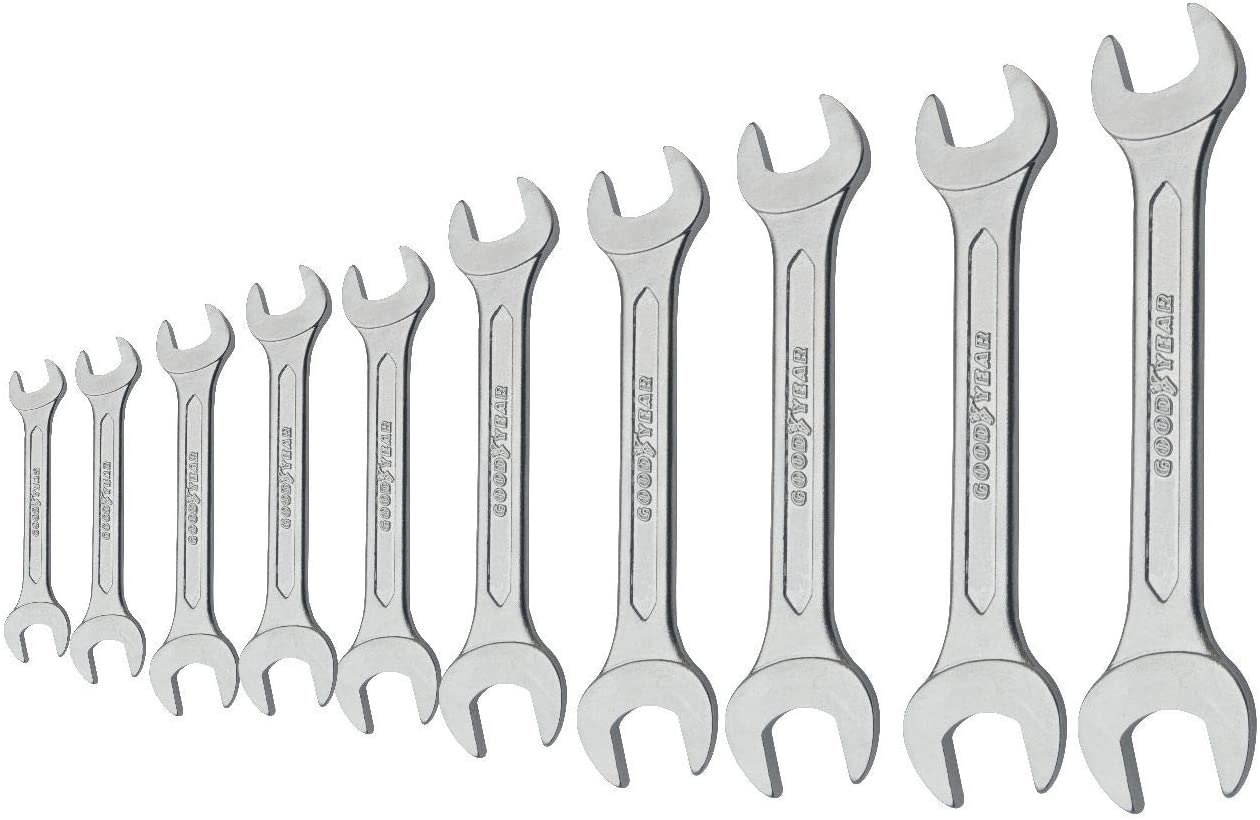
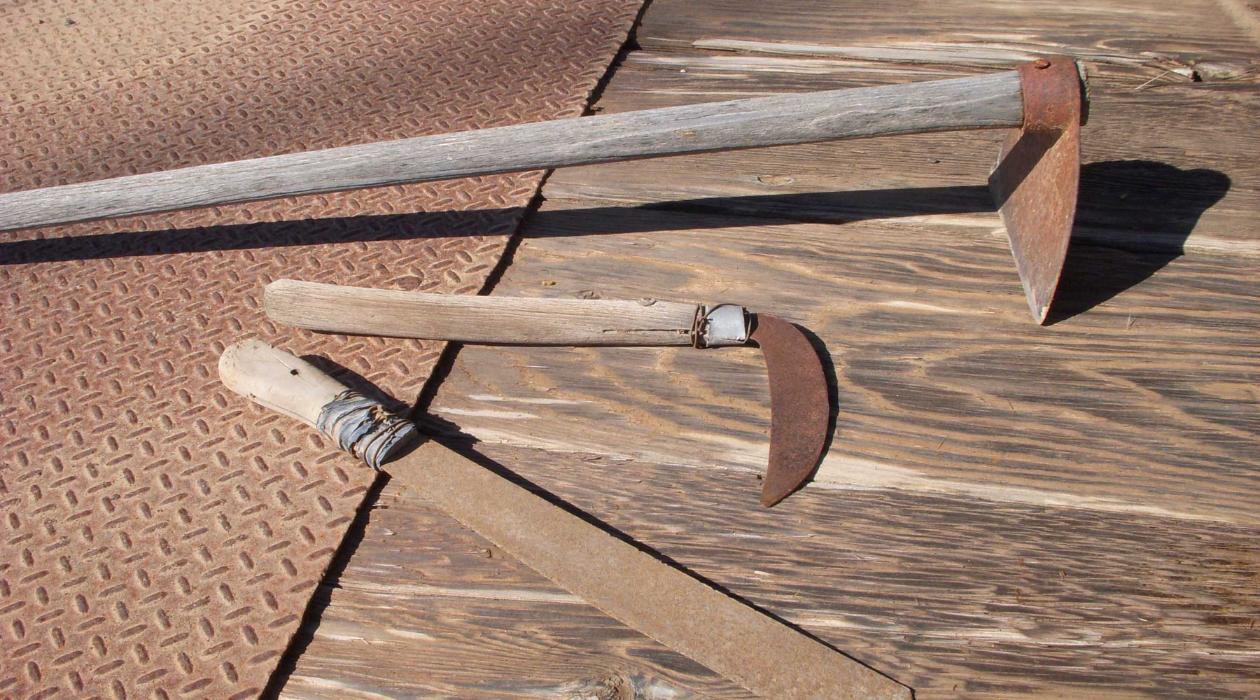

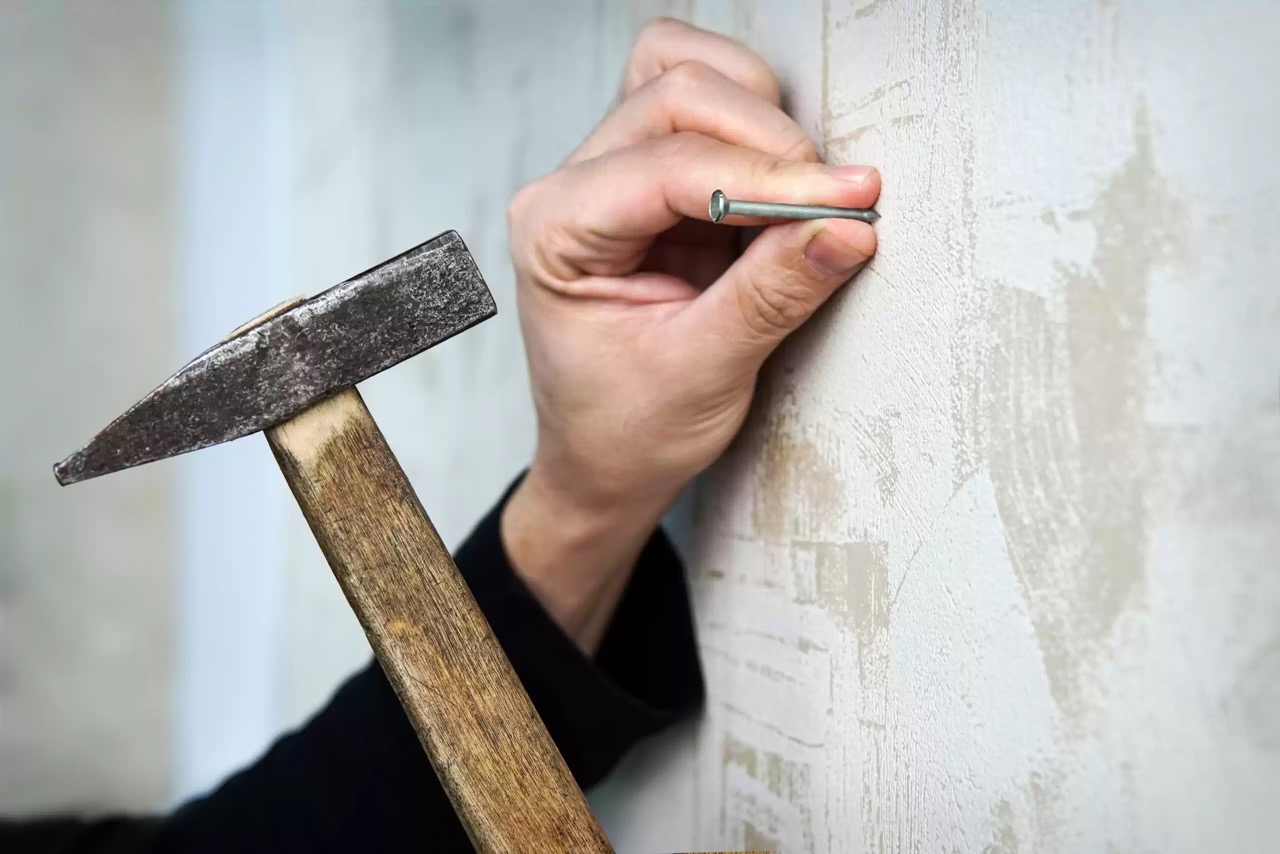

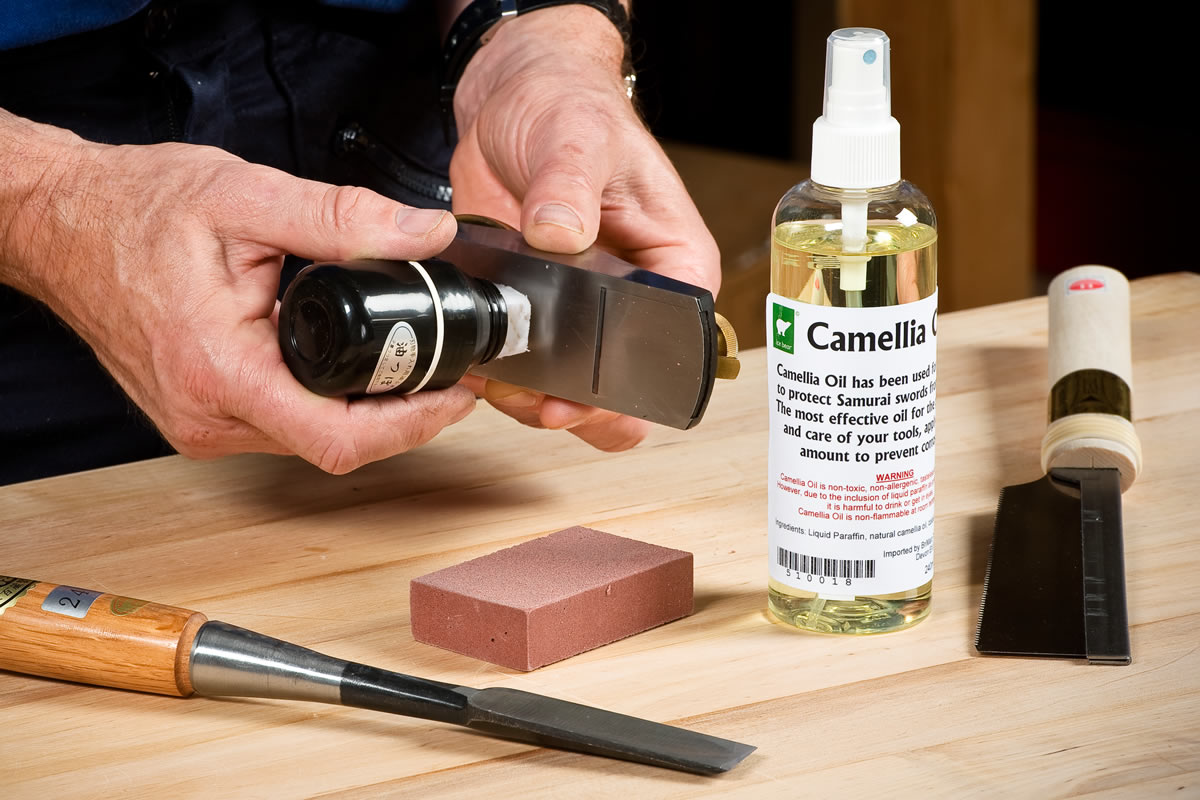
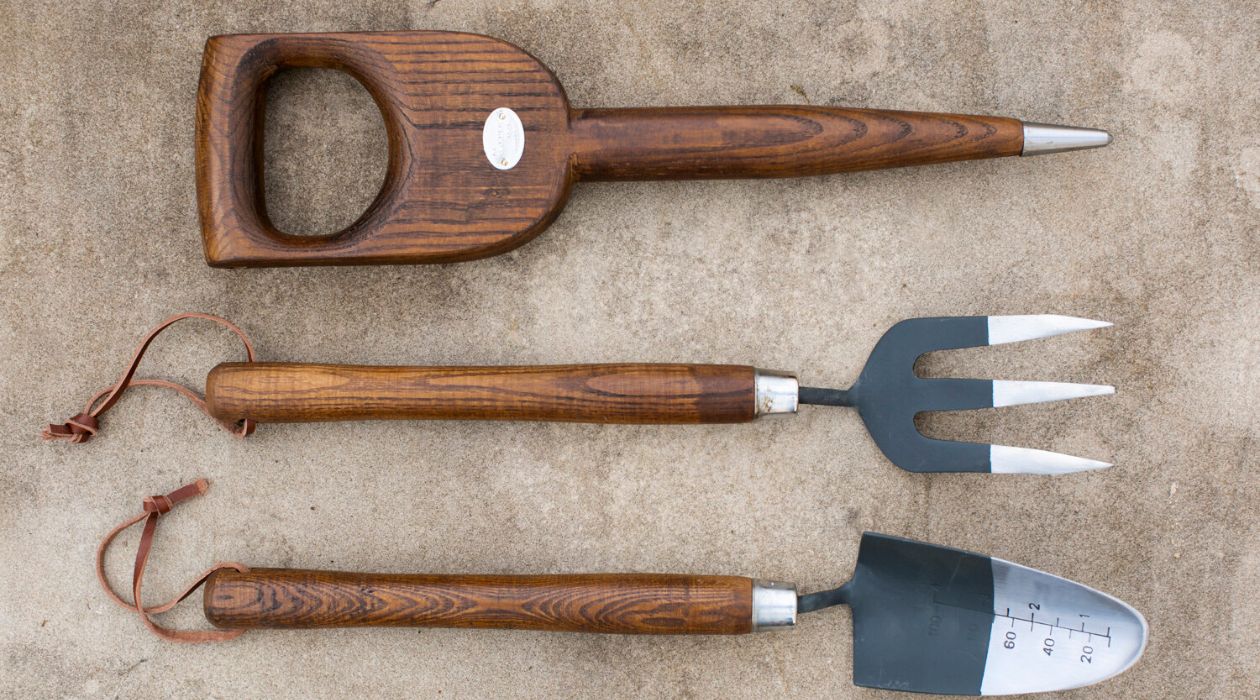
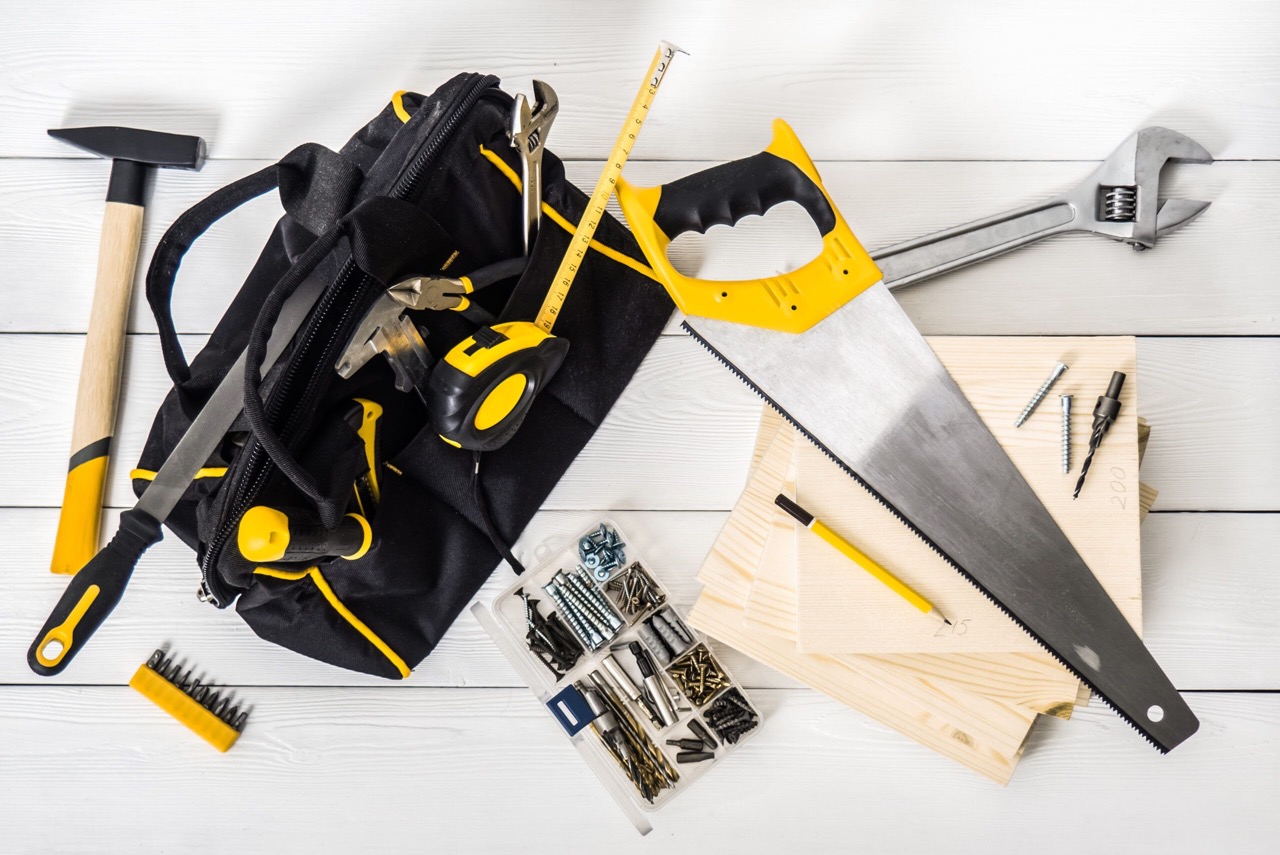
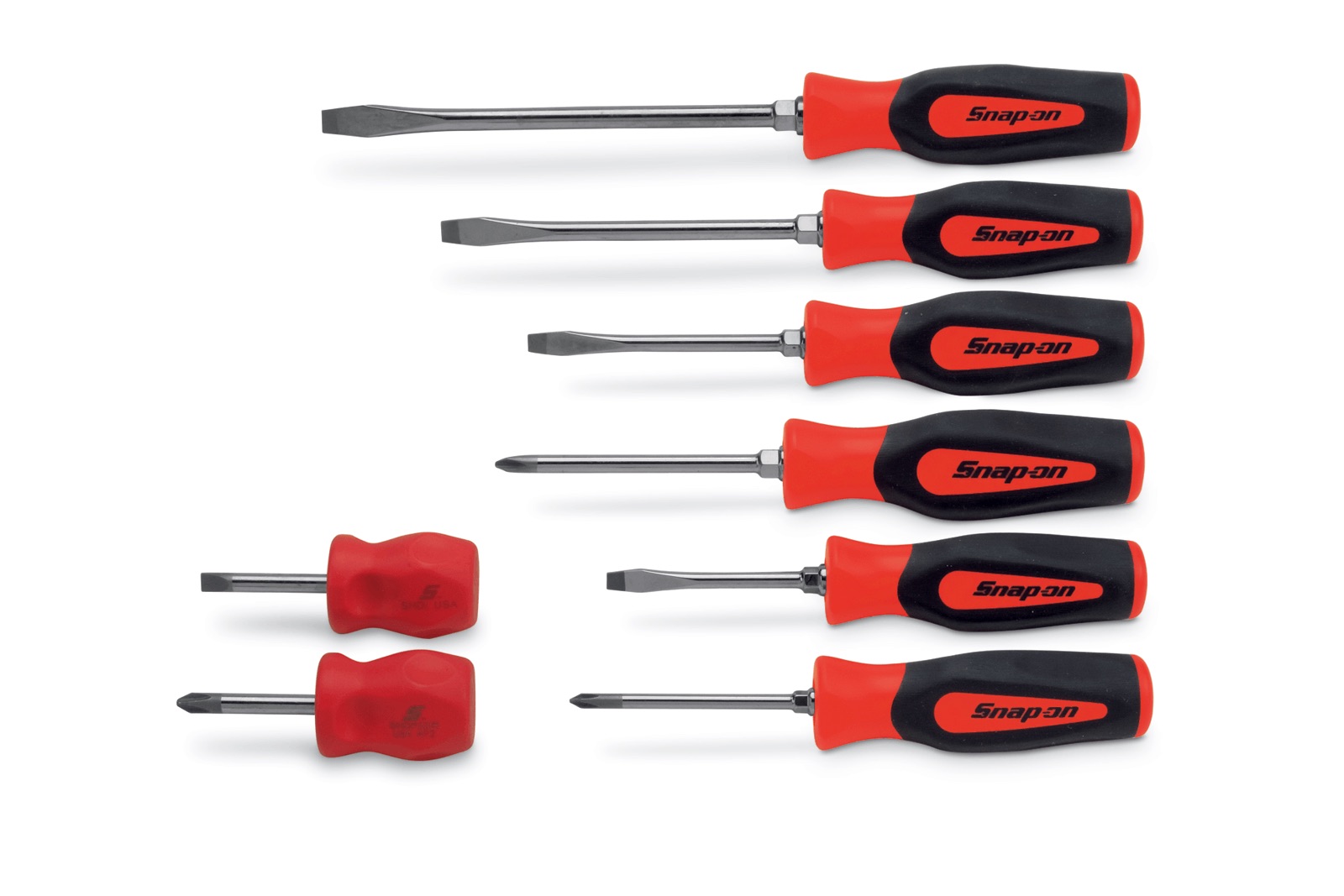
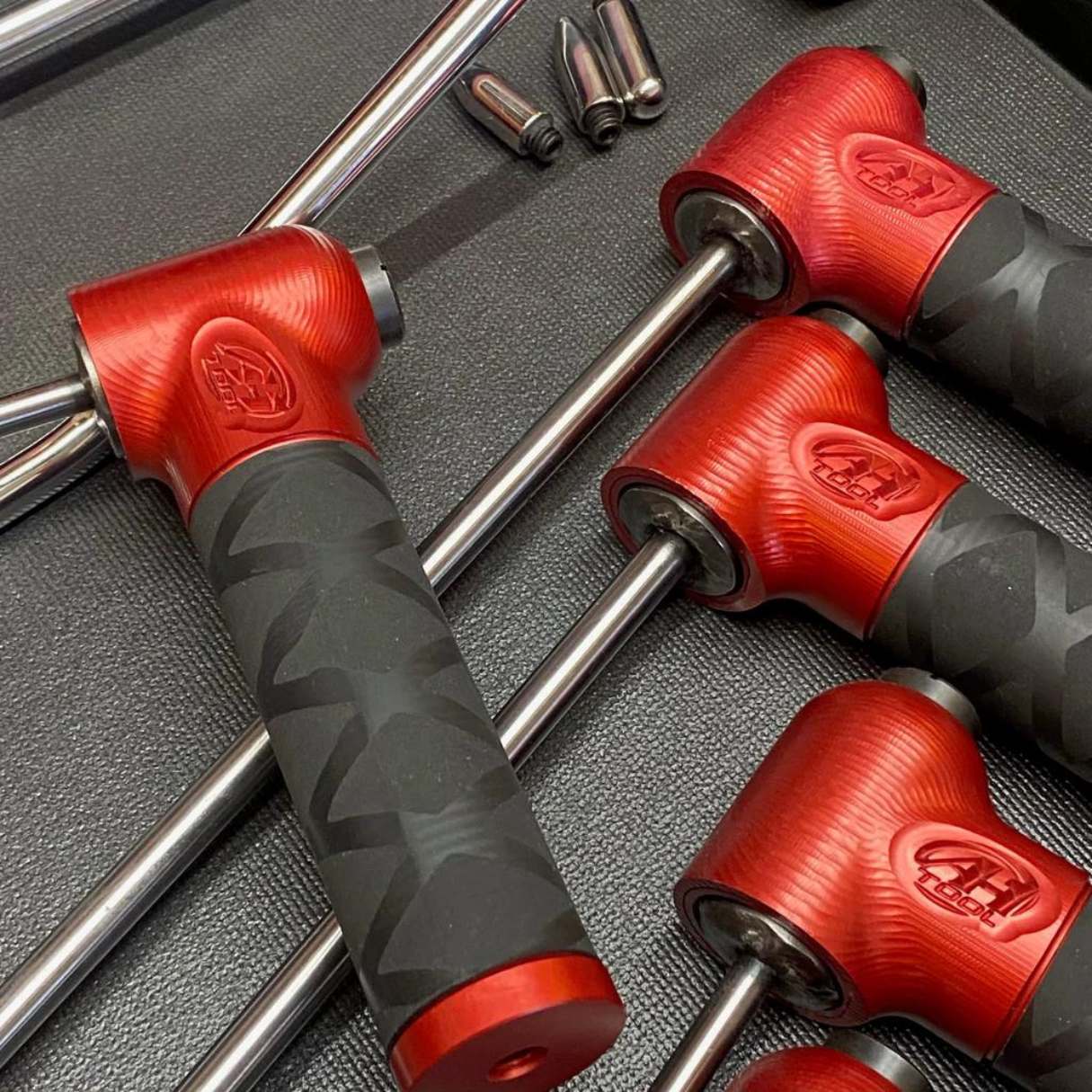
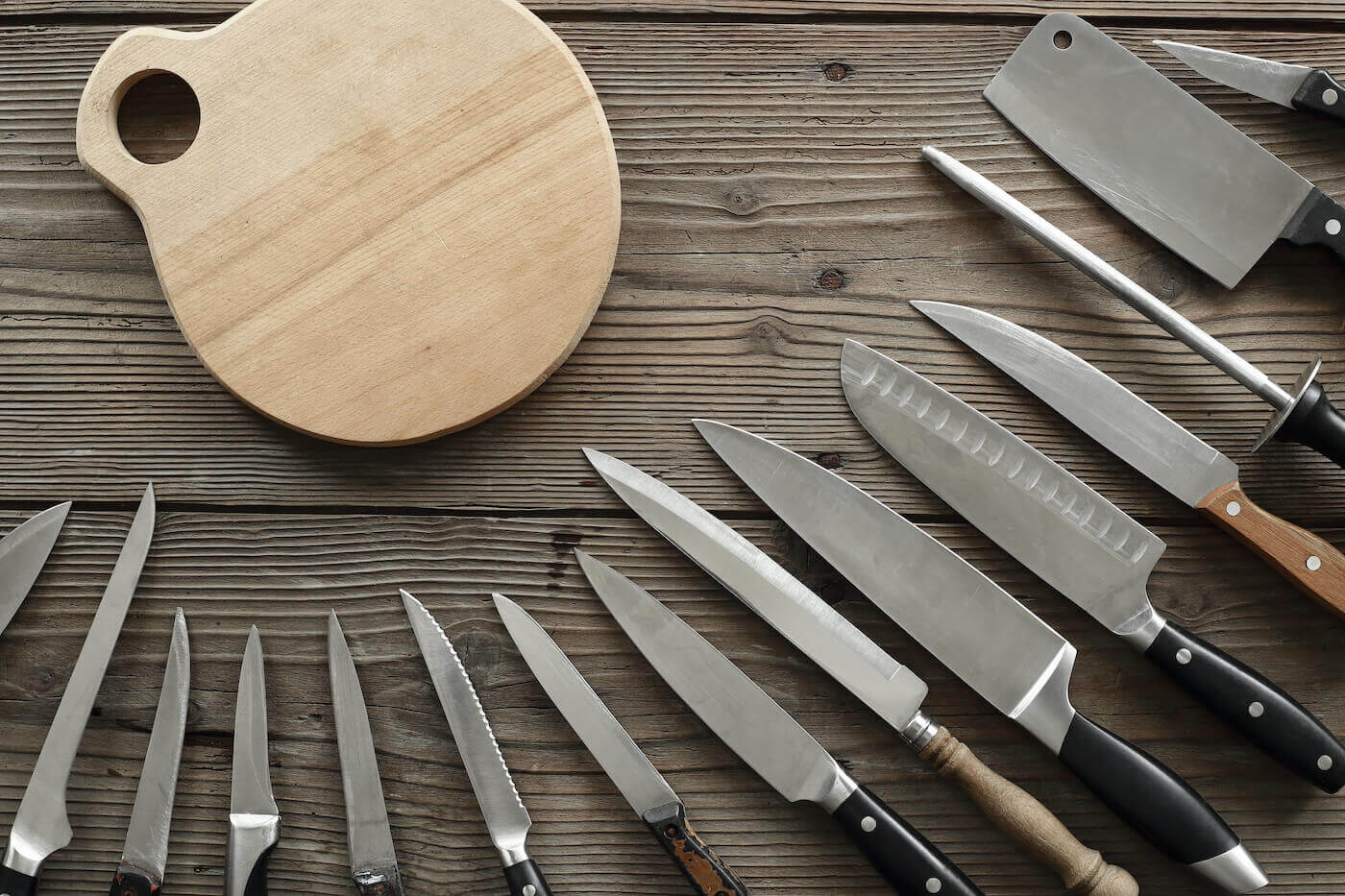

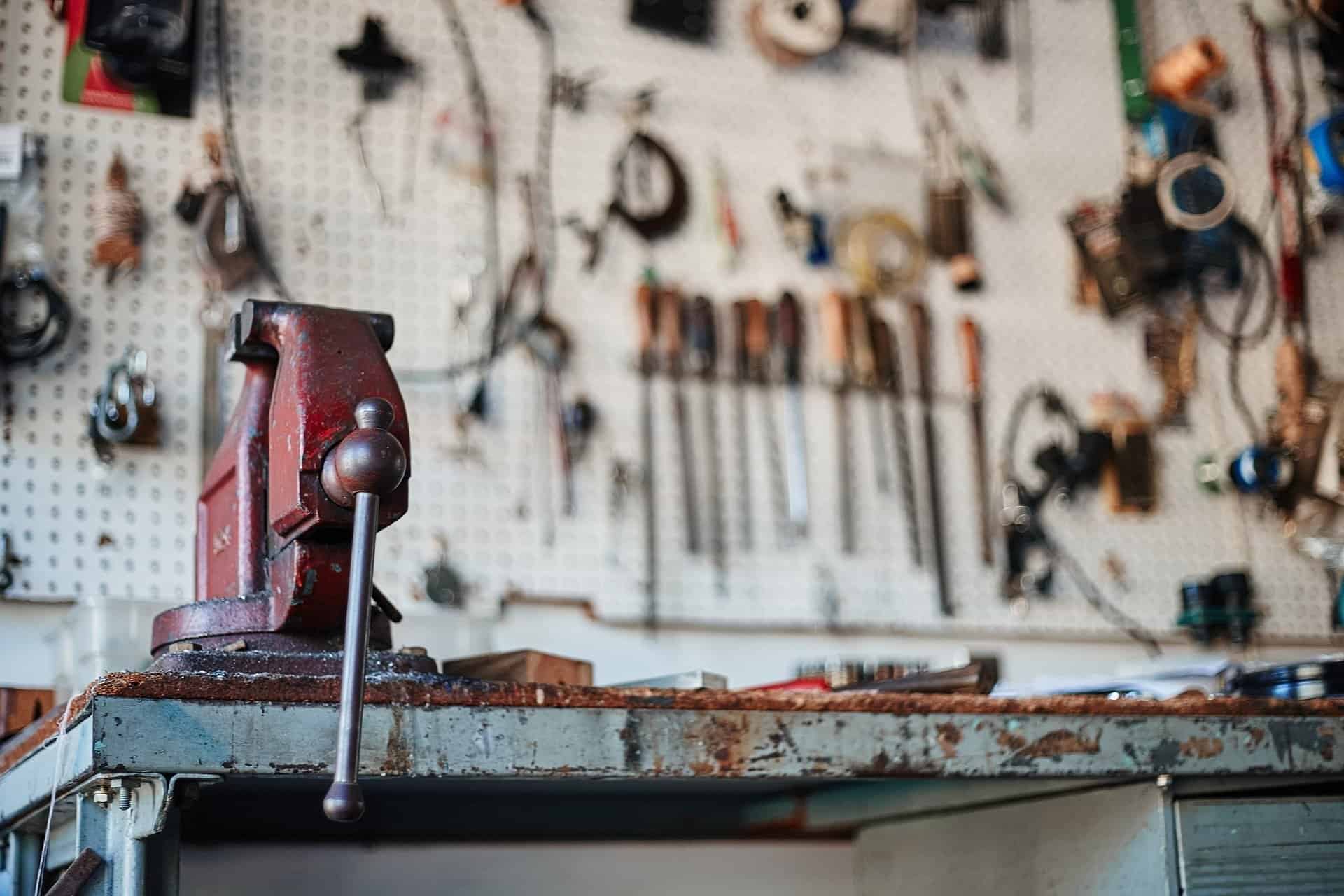

0 thoughts on “What Are The Common Hand Tools Used In Electronics”